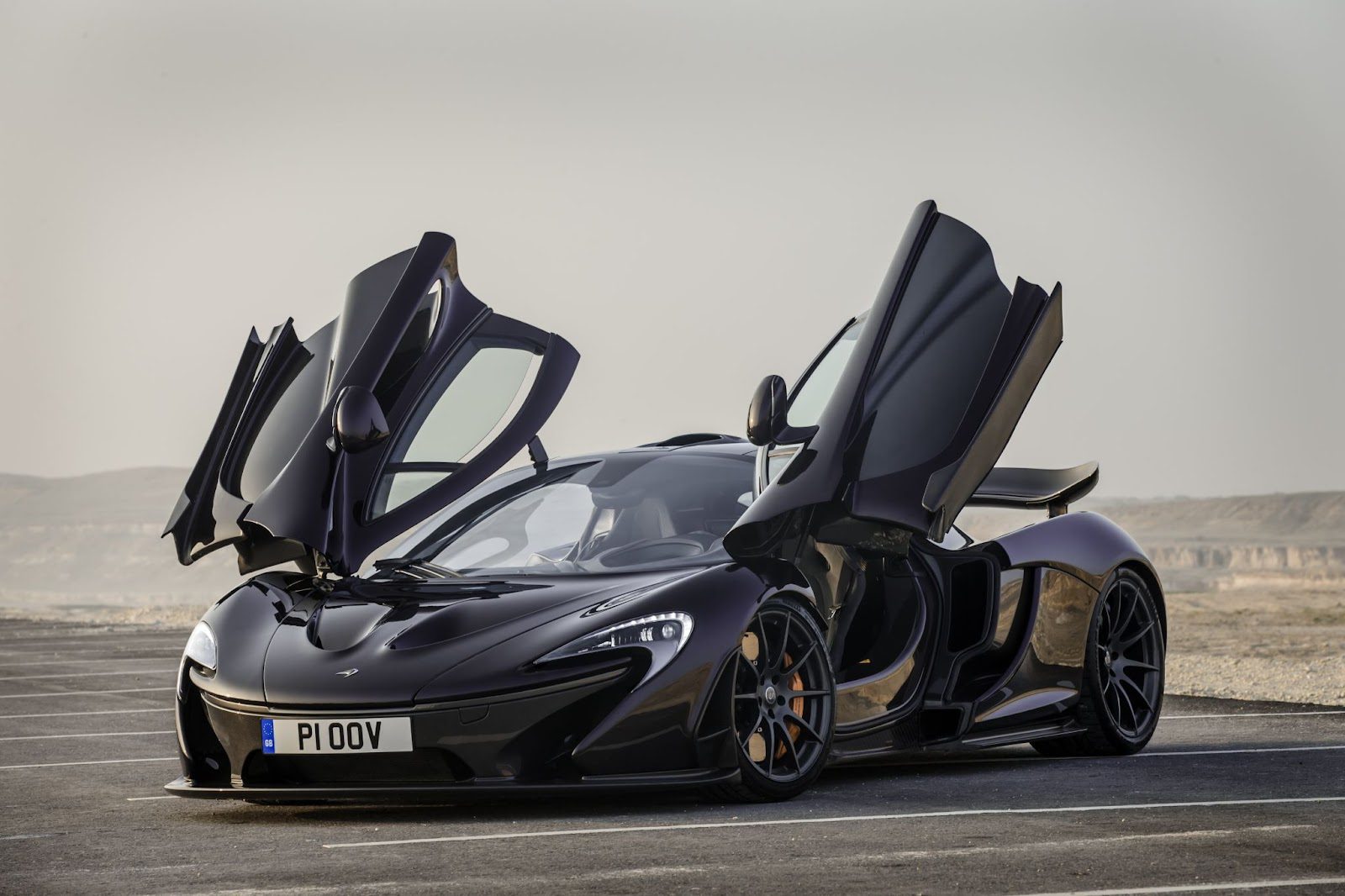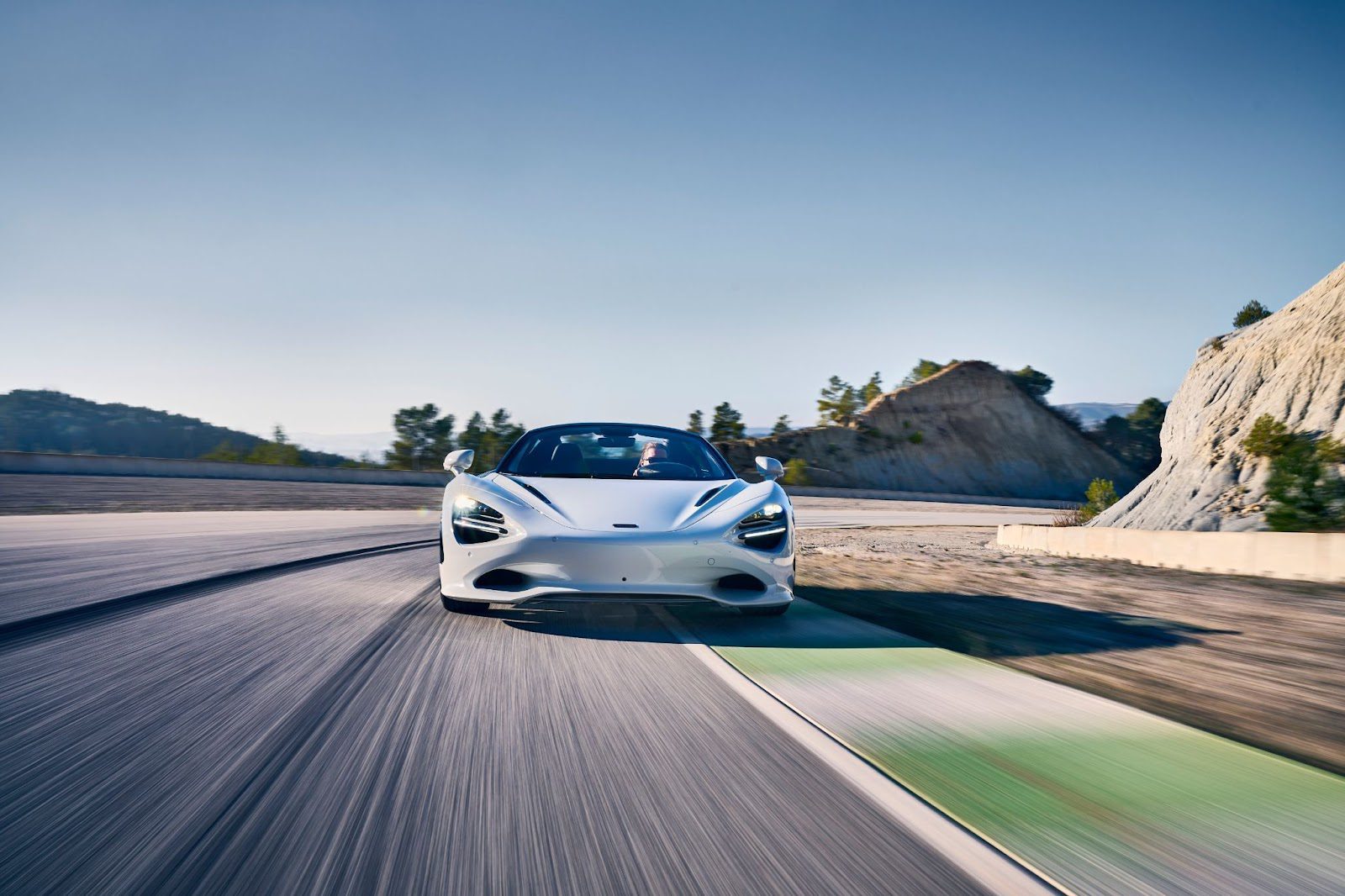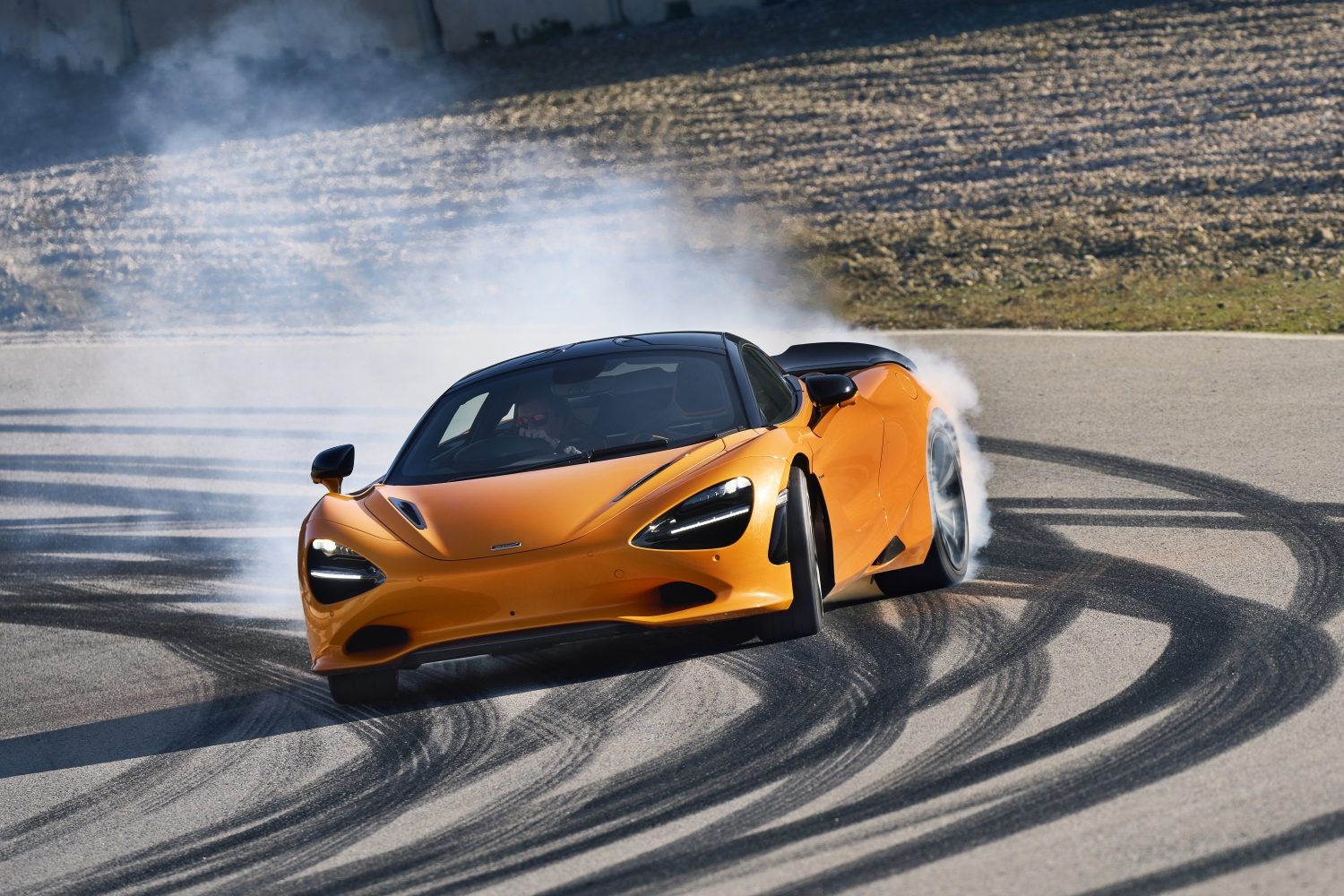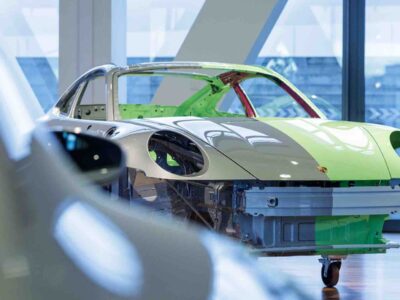As sports car brands shift to zero-emission power — electric, hydrogen, or hybrid — the question has always been amongst gearheads, “How will they perform compared to internal combustion?” Well, if Formula 1 hybrids engines tell us anything, they can be fast. Just like McLaren’s F1 team’s use of such an engine, the same tech can be applied to civilian vehicles.
That’s what’s precisely in the works with McLaren’s future sportscars and current models. The British luxury brand announced a renewed partnership with engine supplier Ricardo. The goal is to develop more lightweight, hybrid-power supercars. The two companies have been partners since 2011 when they created the McLaren 12c V-8 and the hybrid V-6 Artura.
The company has a “Future of Performance” strategy focusing on hybrid power. Many McLaren vehicles will be converted to such models in the coming years.
One such car is a successor to the P1, one of the brand’s flagship designs, first debuting in 2013.
The new model plans to be 70% lighter and generate more horsepower. It’s described by Car and Driver as a Formula 1-inspired two-seat coupe. It will also have carbon-fiber seatbacks like an F1 car. The automaker expects it to launch sometime in 2026.
McLaren CEO Michael Leiters called the agreement with Ricardo “an important part of our ‘Future of Performance’ strategy and builds on the enduring relationship between the two British companies, providing a boost for jobs and ensuring increased investment in what is a vitally important domestic engineering supply chain for future technologies.”

Photo Courtesy McLaren
McLaren will still make internal-combustion cars, but there will be a greater emphasis on hybrids.
In addition to a hybrid P1 successor, McLaren is planning some adjustments for other models. The 2024 750S is expected to be lighter and carry a subtler presence than its predecessor, the 720S. It will have a 4.0-liter V-8 engine, adding about 30 more horsepower and 22 pound-feet of torque. That can reach a maximum of 740 hp and 590 pound-feet. Safe to say this car will be quite quick with its acceleration.
Further upgrades to the 750S include lighter wheels, which subtract about 30.4 pounds of weight. Lighter windshields, revised suspension components, and a digital gauge cluster reduce the weight even further.
The company claims that all these performance boosters help it reach a 0–60 time of 2.7 seconds and hit top speeds of 206 mph.
The 2023 Artura has similar specifications to the upcoming 750S. Also running on a hybrid engine, the Artura has around 671 total horsepower and 531 pound-feet of torque. One of its unique features is the 39 MPGe the engine gives back to the vehicle. It can reach 60 mph in just 2.6 seconds, showing that it, too, is quite the supercar.

Photo Courtesy McLaren
Of course, none of these cars and upcoming models will be cheap. The current Artura costs $237,500. The P1 successor and future hybrids will cost the same, if not more. However, having a zero-emission supercar with acceleration like this will likely attract plenty of customers.
We’ll have to see if McLaren can use the full potential of its hybrid power on the F1 circuit. The team currently sits sixth in the Constructor rankings, and driver Lando Norris is 11th in the Driver’s Championship. McLaren Racing CEO Zak Brown said changes were coming to the F1 team after a drop in performance.





